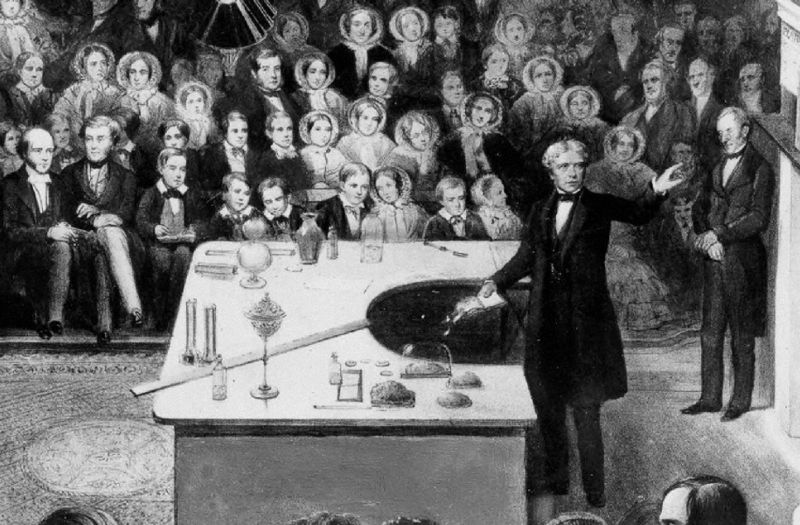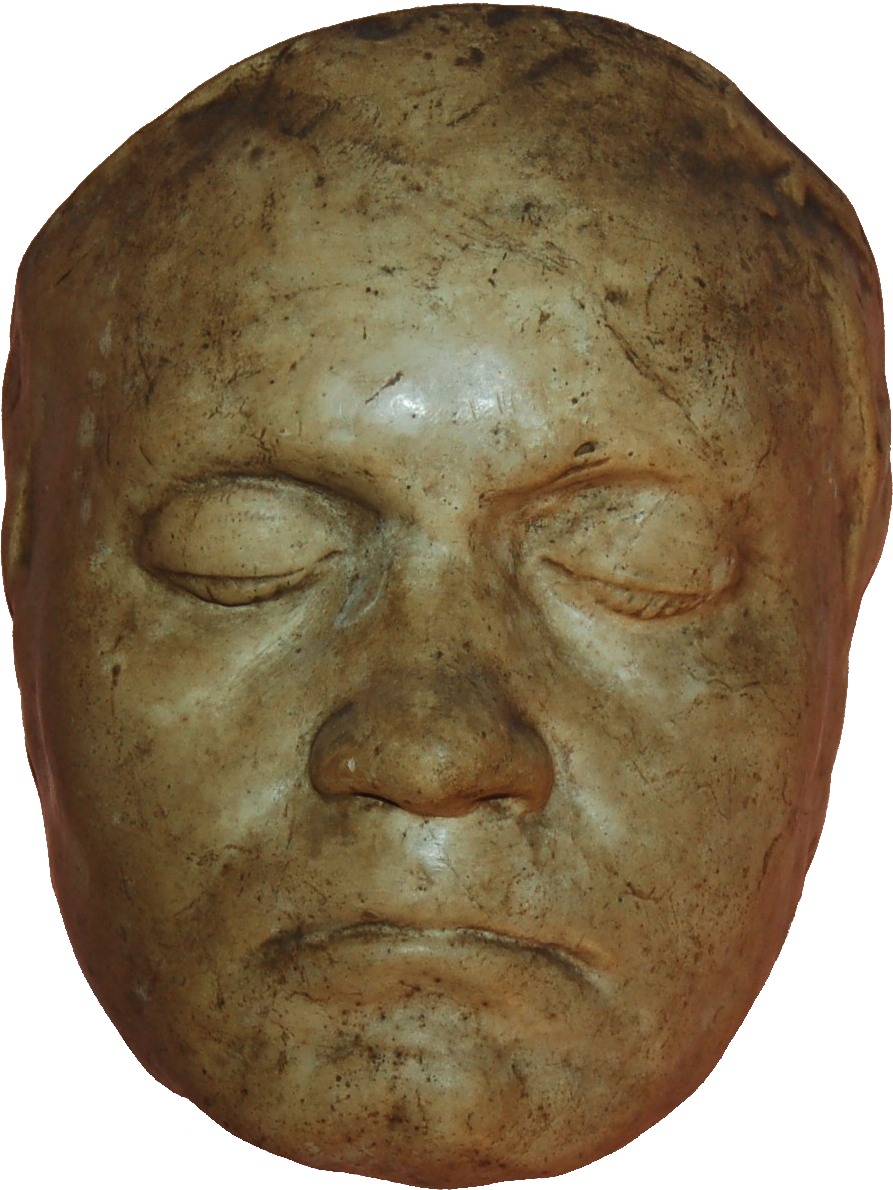
Last week’s New Media Faculty-Staff Development Seminar at Virginia Tech focused on “As We May Think,” and the discussion was lively, both in the room and on the seminarians’ blogs. I would summarize the main concerns thus (and I invite my fellow seminarians to comment and elaborate as they choose, either here or by linking here from their own blogs):
What’s here other than one idea about associative links? We did our best to explore that question, and though I’m not sure we convinced our interlocutor, I’m confident we got to at least some of the catalytic moments in the essay. Even an older idea, catalytically expressed, takes on new life–as Vannevar Bush himself implicitly recognizes throughout the essay.
To what extent, and in what ways, does the essay represent a particular historical moment, one that constrains the author himself? This is of course an extremely complex question. Even the timing of the essay, near the end of WWII but not quite at the moment of the public unveiling of the atomic bomb (as Diane cogently demonstrates), can point in multiple directions, backward and forward, influenced by external circumstances and especially whatever the space-time continuum was in Dr. Bush’s brain as he wrote what he wrote. I continue to believe that part of the essay’s beauty and influence reside in a meta-layer that covers the entire essay. In this meta-layer, Bush himself understands himself as historically situated, just as the Pharaohs were, and wonders if there’s a way to reach outside those boundaries to suggest a higher understanding of not only what might be, but what should be. Jerome Bruner cites Roman Jakobsen’s idea of “the metalinguistic gift, the capacity to ‘turn around’ on our language to examine and transcend its limits,” a gift that “is within everybody’s reach” (The Culture of Education, 19). I find that gift being used many times in As We May Think, including very powerfully in the title. And even if the public didn’t know to associate Vannevar Bush’s words with the atomic bomb at the time of the essay’s initial publication, it seems clear that even Bush’s general remarks were in the context of what science was able to unleash–a context that had been amply displayed even without the deadly climax of the A-Bomb.
What ideas/visions in “As We May Think” are of enduring relevance? For me, of course, the answer is “almost everything,” with the exception of Bush’s sexist understandings of vocation and social roles. These are typical kinds of sexism for the period, and I wish Bush had thought to think about them as well. That said, I was astonished by the enduring relevance of this essay when I first read it, and I continue to be astonished, particularly in the way in which a formally-trained scientist, public intellectual, professor, and politician (if only of the appointed variety) was bold enough to think about cognition not as something orderly and taxonomically comprehensible, but as a set of associative trails that should be not only acknowledged but amplified. Section 6 of the essay (which unfortunately we did not have time to get to) is particularly lovely for me, as it focuses on “the artificiality of systems of indexing” without once suggesting, as some other thinkers have done, that for best results we need to force the mind into the mold of those systems. (The spelling reformers of the Royal Society come to mind, as well as most curricular designs–but I digress.) Instead, Bush proclaims,
The human mind does not work that way. It operates by association. With one item in its grasp, it snaps instantly to the next that is suggested by the association of thoughts, in accordance with some intricate web of trails carried by the cells of the brain. It has other characteristics, of course; trails that are not frequently followed are prone to fade, items are not fully permanent, memory is transitory. Yet the speed of action, the intricacy of trails, the detail of mental pictures, is awe-inspiring beyond all else in nature.
Here the brain’s introspection of its own processes, bolstered by the exciting new frontiers of brain science (the ultimate metalinguistic gift?), resonates with the writer’s awe, the reader’s awe, and the long record of the human race, one in which a storehouse of memory, the ability to create both enduring and ad-hoc associational trails, and the capacity for rich symbolic representation (culminating in what Douglas Hofstadter calls “an infinitely extensible symbol set” with symbols for that very set), continues to try to write, draw, speak, play, engineer, titrate, etc. etc. etc. itself into being, and more fruitful being at that. What a thrill to be able to do that, to be able to share the experience of doing that, to try to build better, more complex, more intricate and interesting and playful and insightful ways of doing that! Cave paintings to fMRIs: what a species … and where must we, should we, will we end?
Which comes to the next bit, and for me one of the more challenging moments in the essay:
Man cannot fully hope to duplicate this mental process artificially, but he certainly ought to be able to learn from it.
Sounds awfully straightforward, yes? But it’s not. Learning from our own growing knowledge about learning is a very interesting kind of feedback (sometimes disastrously so–witness Hamlet). It’s also a complexly adaptive system that may not lead to homeostasis (I hope it doesn’t–there, I said it) but instead may result in interesting, sometimes useful, sometimes beneficial, sometimes destructive emergent properties. But of course that’s the rub (apologies to the PoD). One of our primary means of learning is metacognition, yet the metacognition doesn’t by itself offer a ready path to progress. Now that we are learning from how we are learning, what are we learning, exactly? How to improve the instantiations of what we already call “learning”? Or how to augment human intellect in a way that may be the next stage in our (cultural) evolution?
Many thinkers, Brian Arthur and Kevin Kelly among them, believe that our peculiar evolutionary gift is always to move beyond our native endowment. In other words, it’s part of our native endowment to be able to, and hardly to resist, going beyond our native endowment. Bush’s implicit claim, emerging in the section 8 (a portion of which I have read below), is that thinking-together by means of sharing associate trails will lead to greater chances for favorable outcomes. What has “enabled [humanity] to throw masses of people against one another with cruel weapons … may yet allow [humanity] truly to encompass the great record and to grow in the wisdom of race experience.” Now, Bush concludes, is “a singularly unfortunate stage at which … to lose hope as to the outcome.” (I’ve taken the liberty to make his language sex-inclusive, a liberty I believe he would freely give me were he to be alive today.)
Wisdom. Hope. Contested and contestable terms, to be sure. But not dispensable–so the conversation does and must continue, and may not be quite as irresolvable as we may think.
Now for the lagniappe. My colleague and friend Tim O’Donnell (Professor of Communication at the University of Mary Washington) wrote his dissertation on Vannevar Bush and the rhetoric of science, so I asked him a few questions on behalf of the seminar:
1. Is it fair to call Bush a techno-utopian? Did he change his mind about the wisdom and hope he looked for in “As We May Think”?
In 1967, Bush gave a talk which played on the title of “As We May Think” called “It is Earlier Than We Think.” He wrote: “To strive for a better life for those who will follow us is a worthy objective in itself. But that life must be more than just a life of peace and sanity. It must be a life in which, indeed, many may reason, and ponder, with far more insight than is ours, by methods we can not now envisage. Even were the chances for this small, it would be a crime to deny our successors the opportunity. And, to me at least, the chance does not seem small. This sort of philosophy can have no meaning for those pessimists who insist we are mere products of chance, tossed about by inexorable forces which can never be altered, doomed to be just automatons in a cruel universe. It can have meaning to those who rely on religion for their guidance, for it has not conflict with their aspirations. And it can furnish a worth-while motivation for those who have left the formal religions, and who are otherwise without a goal in life. It is a humble attitude, consistent with our present abysmal ignorance. The course of man has proceeded thus far only a little way. He has not yet developed his full power of thought. To carry the torch for those who are to follow is not a sordid role. It is rather a privilege to render smooth the road for those who will think more deeply than we. It is earlier than we think.” [Science is Not Enough, pp. 184-5]
[The] big difference between Bush of ’45 and Bush of ’67 [was that the] nuclear arms race tempered his techno-utopianism in later years.
2. What’s one of your favorite parts of this essay?
From “Wholly new forms of encyclopedias…” to “…”science may implement the ways in which man produces stores and consults the record of the race” SHOULD BE READ ALOUD. It’s made for oral interpretation. [Tim is a debate coach, a rhetorician, and a public-speaking specialist. I have endeavored to meet his imperative, below!]
Podcast: Play in new window | Download (1.5MB)











